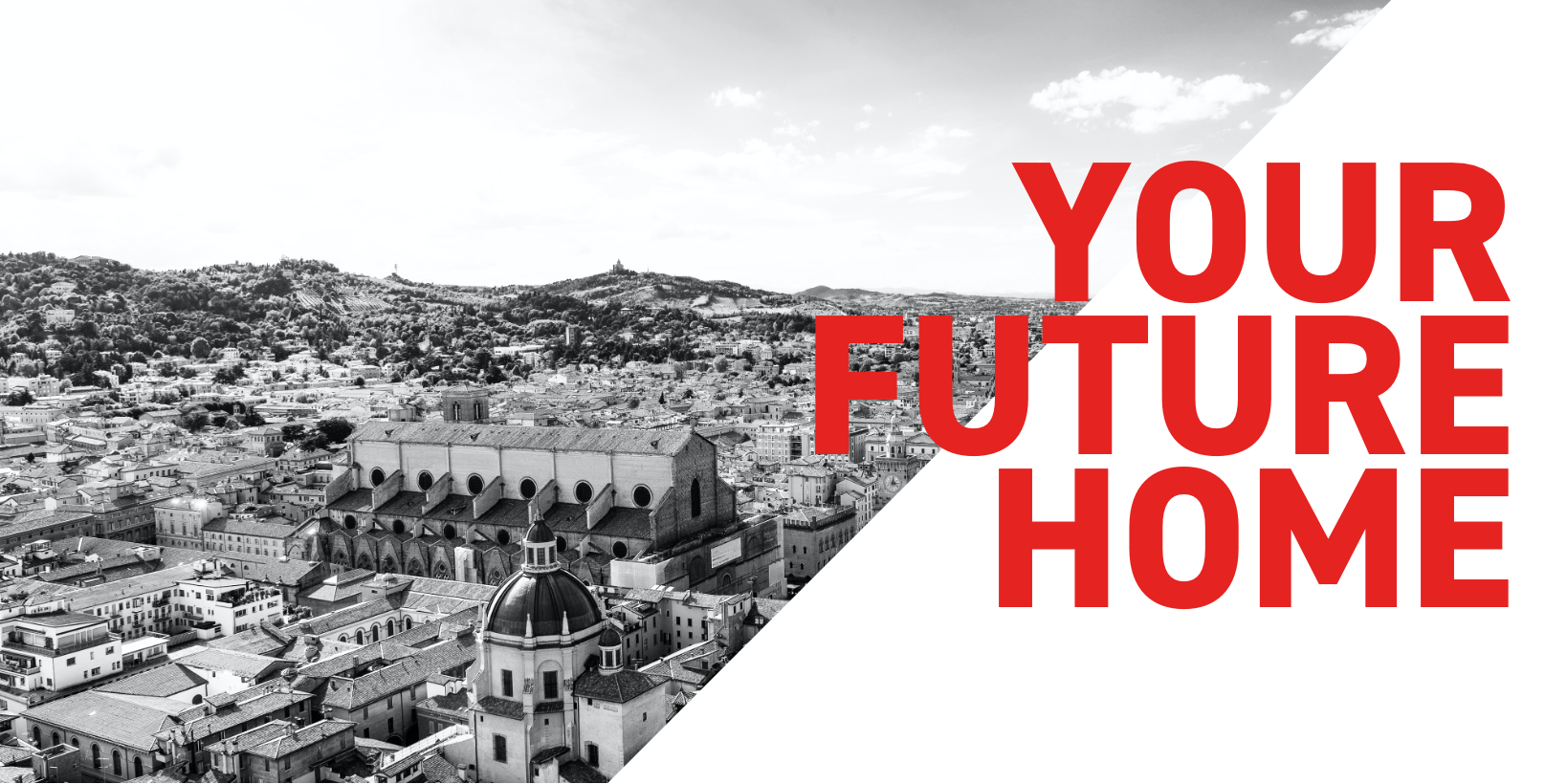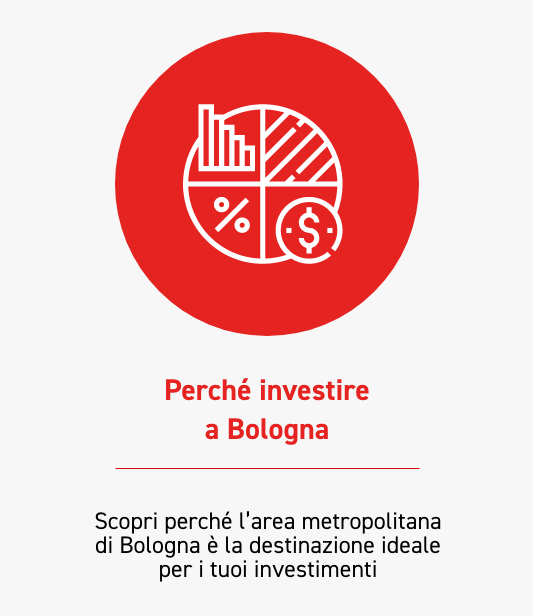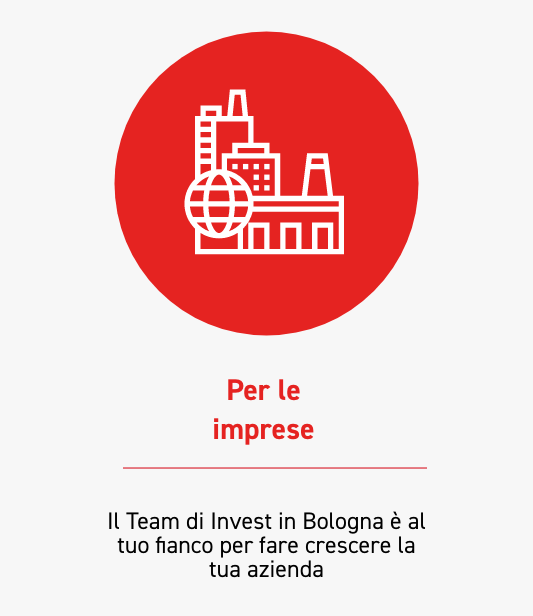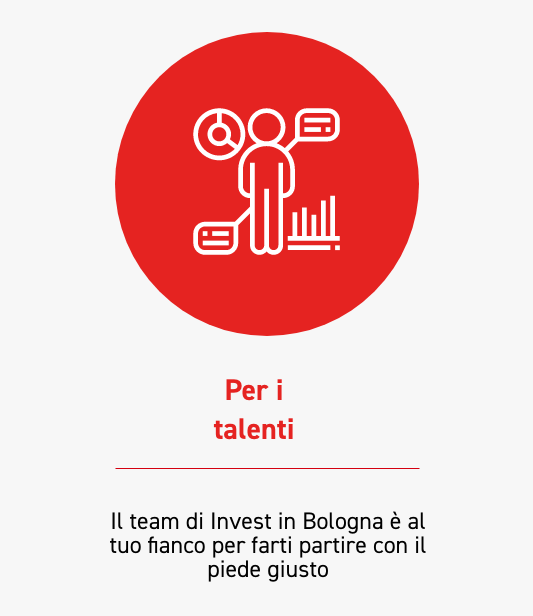

Area metropolitana di Bologna
Scegliere dove insediare la tua attività è un processo delicato e complesso.
Invest in Bologna è la tua porta di accesso al cuore di un’area caratterizzata da propensione all’innovazione, eccellenza nella manifattura, elevata qualità di vita e ampie opportunità di crescita.
Bologna attrae, accoglie e supporta investitori e imprenditori, offrendo filiere produttive d’eccellenza, una rete avanzata di strutture dedicate alla Ricerca & Sviluppo, all’innovazione, alla formazione e l’Università più antica d’Europa.
- News
-

Invest in Bologna supporta gli Obiettivi di Sviluppo Sostenibile


